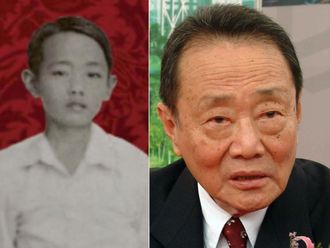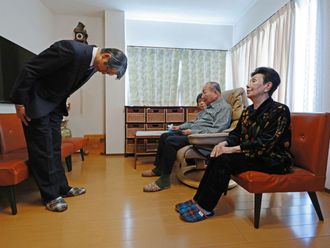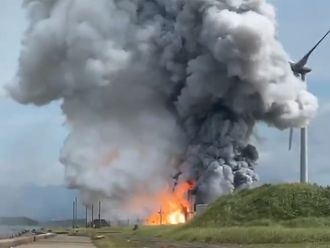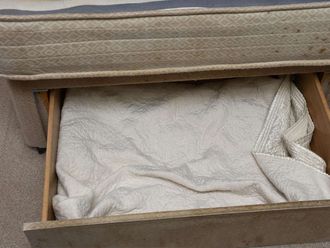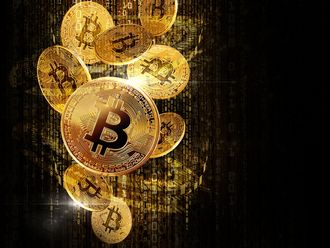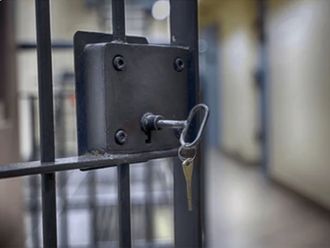Tokyo: Nuclear power had been an integral source of electricity for Japan until the Fukushima crisis in 2011 led to the government shutting down all reactors.
With one of those reactors restarting on Tuesday, here are key questions about Japan’s nuclear power industry explained:
Question: How important was nuclear power for Japan’s electricity mix and how did it make up for the loss?
Answer: Nuclear power accounted for a quarter of Japan’s electricity production before the Fukushima crisis.
Japan increased imports and production of gas, oil and coal to overcome the lack of nuclear power.
By March this year, about 91 percent of Japan’s electricity came from fossil fuels, 8.5 percent from hydropower and the rest from other sources.
Question: What has been the cost of shutting down the nuclear power industry?
Answer: Japan has spent about 3.6 trillion yen (Dh107 billion or $29.4 billion) annually buying more fossil fuel imports to make up for the shortfall, according to Masakazu Toyoda, from Japan’s Institute of Energy Economics.
This has led to large trade deficits and, with electricity prices going up by more than 20 percent, a dampening of economic activity that has curtailed tax revenues.
Question: With one reactor turned back on, how much nuclear energy does Japan hope to produce?
Answer: The government has set a target of 20 to 22 percent of its total electricity coming from nuclear by 2030.
This will come from more than 40 existing reactors, although some of them may never restart because they are too old or because of opposition from local communities.
The government may also build new reactors, although there are no plans yet.
Environment group Greenpeace believes only between two and eight percent of electricity will be nuclear by then, because of technical issues and widespread public opposition to the industry.


